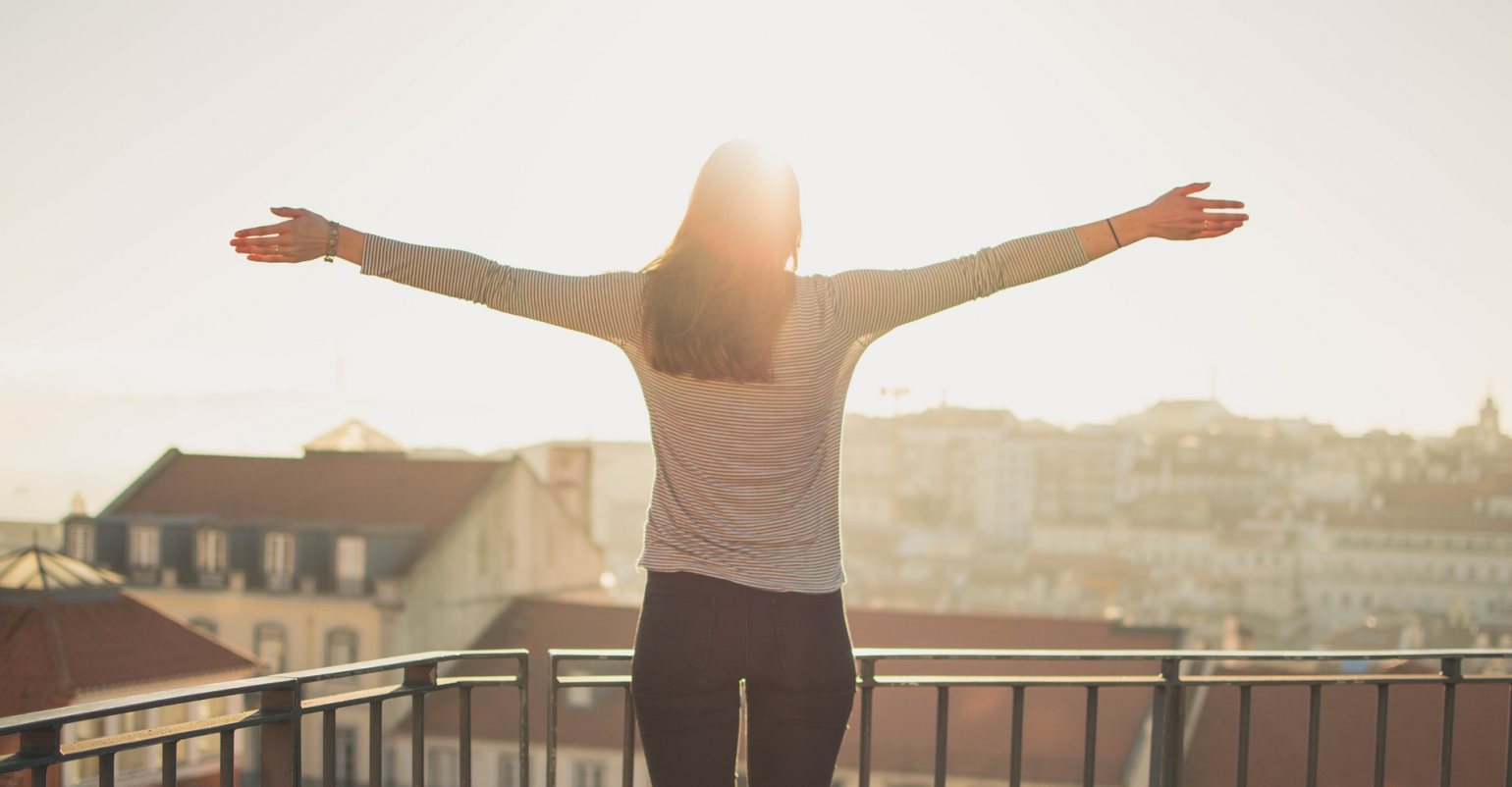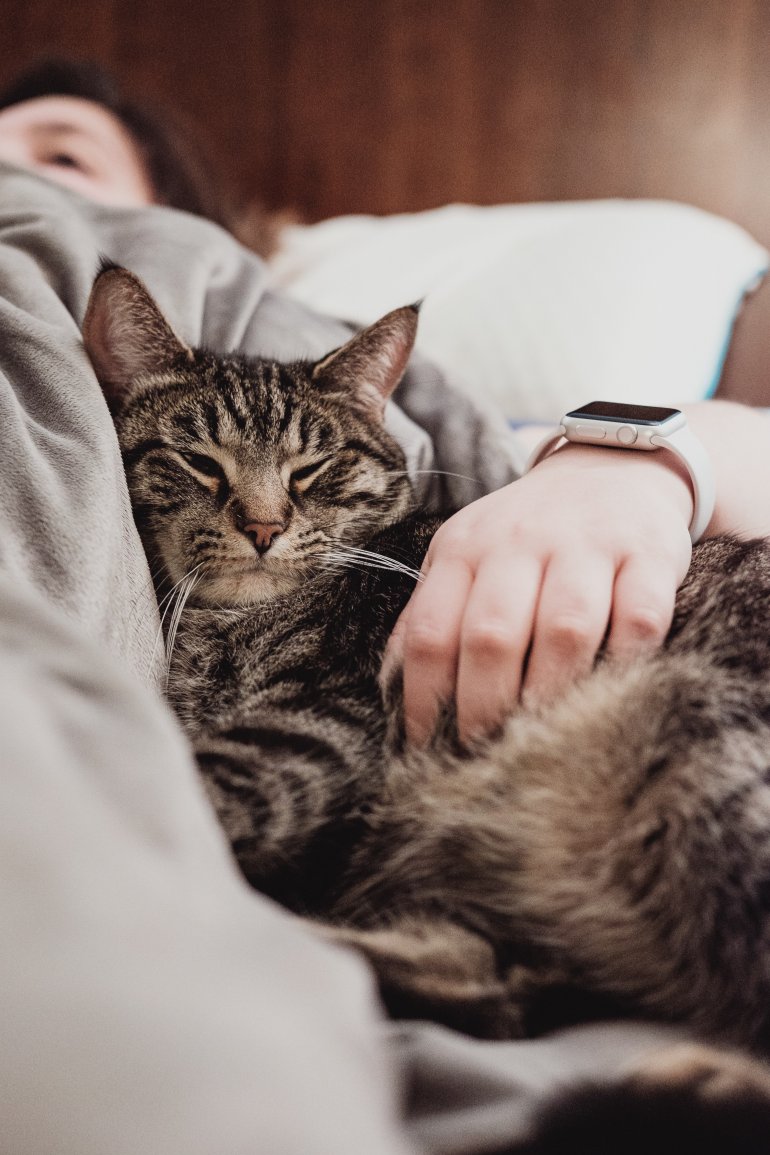Using technology to sleep better (Part 2 of 2)
In this blog post series we are looking at how technology can be used to sleep better. In the previous blog post we looked at how apps and technology can be used to monitor your sleep - with the potental to identify sleeping problems and alert you if you are not getting enough sleep.
Improving your sleep with technology
As well as monitoring your sleep, technology can also be used to actively improve your sleep. Different types of technology include using blue light goggles before bed, a bright light alarm clock, as well as a CPAP machine for people struggling with sleep apnoea.
Blue light goggles
When we see bright light in the evening especially that in the blue light spectrum, this can cause us to not produce as much melatonin as we would do naturally. Melatonin is our sleep hormone and when we don’t produce as much as we need, we may not fall asleep as easily at bedtime. This is why good sleep hygiene recommends that you dim the lights in the evening and limit your screen exposure time. You can buy blue light goggles which can help to eliminate the blue light from your visual field helping to minimise the negative effects of that light exposure and help your sleep. Instead of using blue like glasses you could simply activate night mode on your screens which will reduce the brightness and take away the blue spectrum light. Most tablets, laptops, monitors and phones have this functionality, and I would greatly recommend that you choose the settings to auto come on in the evening for best sleep.

Bright light alarm clocks
As much as bright light in the evening can make us struggle to fall asleep, bright light first thing in the morning can help us to feel awake and alert. It’s important to get bright light exposure in the morning to help you to feel wide-awake and ready for the day. You can do this by opening your curtains wide as soon as you wake and going outside for breakfast if the weather is nice. However, you can also use technology to increase your light exposure in the morning.
You can buy a light alarm clock which can automatically provide bright daylight intensity light along with an alarm sound, so that you will wake up with a bright light in your bedroom even if your curtains are shut. Some of these light alarm clocks can even start increasing the brightness in your room before your morning wake time, which can help you to shift your sleep stage to a lighter part of sleep helping you feel less groggy when you first wake up. If you struggle to wake up in the morning (especially common with teenagers) then this kind of light alarm clock may be very useful.
CPAP machines
Sleep apnoea is a serious condition which affects your breathing during the night. People with sleep apnoea tend to stop breathing repeatedly during the night and each time they stop breathing, their brain has to wake them up to take a big deep breath, and then they will fall asleep again. This can result in very disrupted sleep throughout the night and chronic tiredness during the day. Importantly, sleep apnoea also can cause a significant strain on your heart. People with a sleep apnoea diagnosis are often prescribed a CPAP machine which helps them to keep the airway open during the night using forced air through the mouth and nose delivered by the CPAP machine.
Should you use sleep technology?
Sleep improving technology such as blue light goggles and bright light alarm clocks can be useful, but they also are not cheap. Therefore, you may only want to use them if you are really struggling with that aspect of your sleep. CPAP machines however are a medical device and if you do you have sleep apnoea it’s really important that you use it as prescribed by your doctor.
Using sleep monitoring technology is a little bit different because there are pros and cons for using it. The pros are that it is a great way of giving you an independent look at how much sleep you’re getting. This can be a good reminder to think about the importance of sleep and to make sure that you are incentivised to go to bed at a reasonable time to allow yourself to get the right amount of sleep. In addition, in some cases sleep trackers can highlight an issue that you have been unaware of, such as suggesting that you might have sleep apnoea if your sleep tracker reports multiple wakings during the night.
However, when you rely on the specific data produced by the sleep tracker this can be unhelpful, since they are not 100% accurate. If you use the data to try to obtain a perfect night’s sleep, this can in fact result in your sleep becoming worse. Orthosomnia is a condition where people strive to get a perfect night’s sleep and the stress of trying to achieve that perfect sleep in fact makes them so stressed that they can’t sleep.

If you are interested in your sleep and want to invest in sleep technology then, by all means, go ahead. However, a comfortable designer bed, relaxing bedroom environment and practicing good sleep hygiene are far more beneficial for your sleep than anything else.
Dr Lindsay Browning is the sleep amabasador for And So To Bed and author of self-help sleep book, Navigating Sleeplessness. which is available as an ebook on kindle, or in print from amazon or waterstones.
-
Posted by Dr Lindsay Browning
22nd June 2022


